When people think about needing new tires, they usually picture bald tread, exposed cords, or something dramatic like a highway blowout. Those are clear signs your tires are shot, but waiting that long can be risky. Many tires need to be replaced well before they reach that point.
Let’s talk about how to check the true age of your tires, why that matters even if you don’t drive much, and some overlooked warning signs that could mean it’s time for a new set.
The Truth About Tire Age
Tires don’t last forever, even if the tread looks fine. Rubber breaks down over time from oxygen, sunlight, heat, and temperature swings. This process, often called dry rot, happens whether you drive daily or leave the car sitting.
Most manufacturers recommend replacing tires every six to ten years, regardless of tread depth. Some say ten years is the absolute limit, even if the tire was never used. That means a tire can look okay but still be unsafe.
How to Check Tire Age Using the DOT Code
Every tire has a DOT number stamped on the sidewall. It starts with the letters “DOT,” followed by a mix of letters and numbers. What you want is the last four digits. That tells you the week and year the tire was made.
For example:
• DOT 2918 = 29th week of 2018
• DOT 1221 = 12th week of 2021
If your tires are older than six years, it’s time to start planning. Ten years is the max. Even if they look fine on the outside, internal damage could be lurking.
Not sure how to find it? Stop in and we’ll check the numbers for you at no charge.
Other Signs You Might Need New Tires
Besides worn tread, here are a few issues that could mean your tires are on borrowed time.
- Cracked Sidewalls
Small cracks in the sidewall mean the rubber is drying out. This weakens the tire and increases the risk of a blowout. - Uneven Wear
If one part of the tire is wearing faster than the rest, it could be from poor alignment, unbalanced tires, or incorrect pressure. Even if some tread remains, uneven wear affects grip and control. - Vibration or Wobble
If you notice vibration on smooth roads, your tires could be the problem. Belts may have shifted or separated internally. It might not be visible but can be dangerous. - Losing Air Frequently
Topping off your tires every week or two isn’t normal. It could mean a slow leak, a bad valve stem, or that the tire is starting to break down from the inside. - Bulges or Bubbles
If you see a lump or bubble on the sidewall, the internal cords are likely damaged. This usually happens after hitting a pothole or curb and should be addressed immediately. - Hard or Stiff Ride
Old tires can feel harder and make your ride bumpier. Hardened rubber doesn’t grip as well, especially in wet or cold conditions, and can increase stopping distance.
What If You Don’t Drive Much?
Low mileage doesn’t stop the aging process. We’ve seen tires that look new but are over ten years old. The rubber can still break down over time, even if there’s plenty of tread left.
This happens a lot with RVs, trailers, collector cars, or vehicles used seasonally. If you haven’t checked your tire dates in a while, now’s a good time.
Final Thoughts: Don’t Wait for a Blowout
Your tires are the only part of your vehicle that actually touches the road. They affect safety, handling, fuel economy, and how well your car responds in an emergency.
If you’re not sure what to look for or just want peace of mind, stop by either of our locations and we’ll take a look. We can check the DOT numbers, inspect the sidewalls, and give you an honest opinion about whether your tires are still good to go or ready for retirement.
Need a tire check or second opinion? Give us a call or schedule online, we’re here to help you stay safe on the road.

